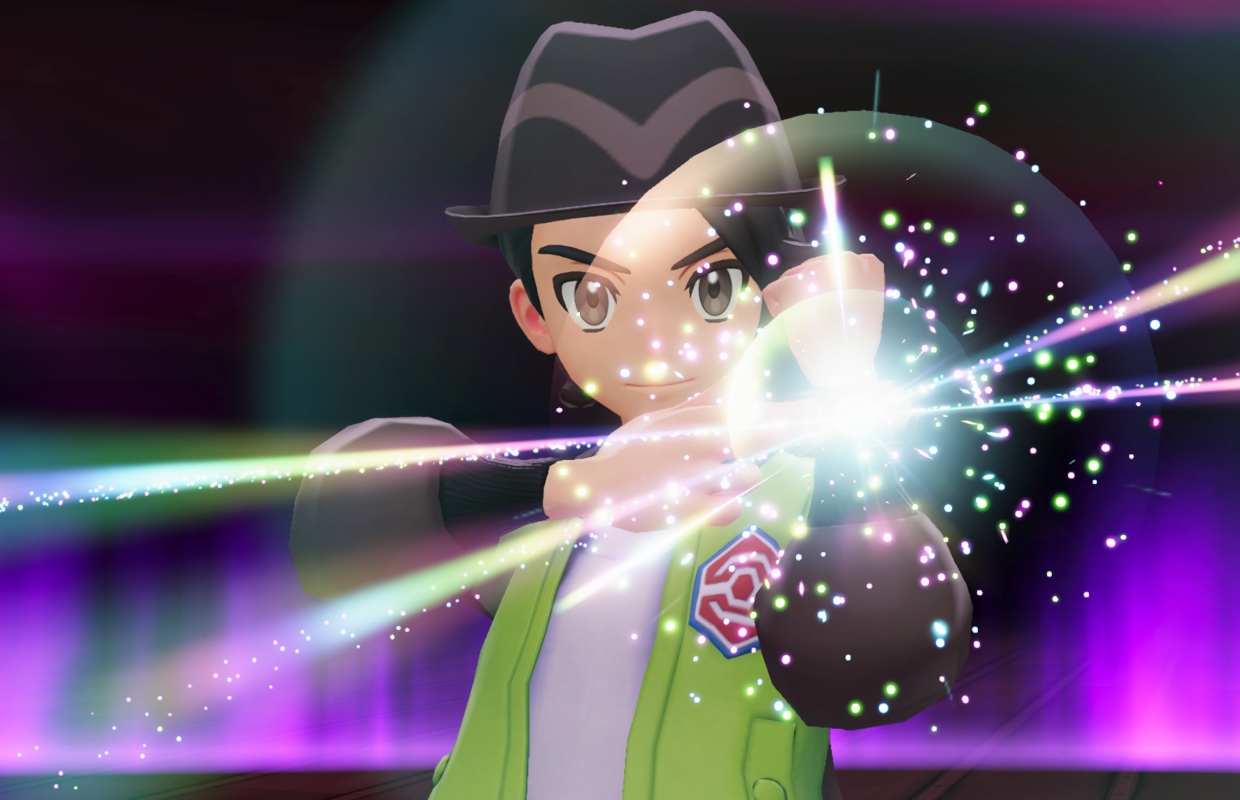
The announcement of Pokemon Legends: Z-A left me, like many fans, with a lot of questions. The biggest one was: what makes a Pokemon game a “Legends” game? What specific qualities or design choices does Game Freak use to decide when a game deserves that label?
I really enjoyed *Pokemon Legends: Arceus* for many reasons, but *Pokemon Legends: Z-A* feels like its opposite. *Arceus* focused on exploration and a less-developed Sinnoh region, minimizing trainer battles and towns. *Z-A*, however, centers the entire experience in the bustling city of Lumiose in the Kalos region. While there are open areas within Lumiose, the main attraction is trainer battles, especially the nightly Z-A Royale tournament where players compete to climb the ranks and potentially have a wish fulfilled.
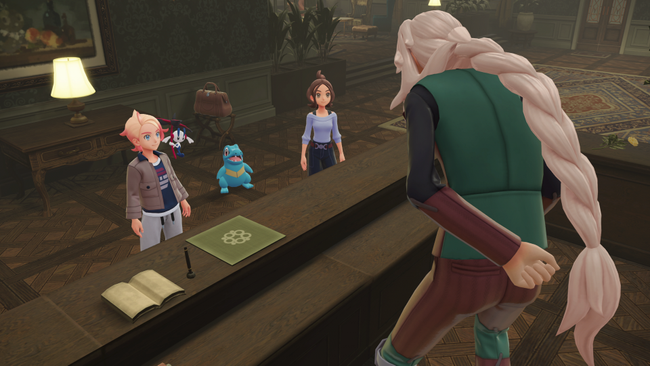
Z-A and Arceus are very different in terms of design and gameplay. However, those differences actually reveal what Game Freak is trying to achieve with these games. They seem to be offering a way to revisit unfinished ideas from older Pokémon generations – like storylines from Diamond and Pearl and the Zygarde story in X and Y – while also experimenting with a new game structure and style that wouldn’t fit into a typical Pokémon release.
This new installment features the biggest change in the series’ almost 30-year history: a move away from traditional turn-based battles to a more dynamic, real-time system with move cooldowns. Instead of carefully planning each Pokémon’s move, players now need to think quickly and react to the situation. For the first time, positioning and timing are crucial, and even familiar moves like Protect require active player input to be effective.
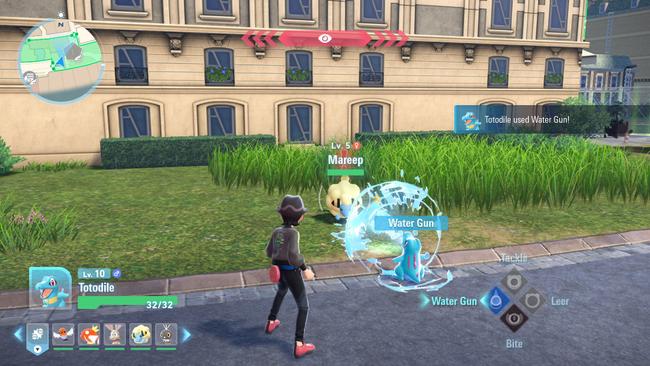
In past Pokémon games, a Pokémon’s Attack or Special Attack stat was the main thing to consider during battles. Now, with battles happening in real time, even small advantages matter more. Speed doesn’t just determine who goes first; it also affects how quickly your moves recharge. Switching Pokémon during battle is now a critical decision, because every second spent in a disadvantageous matchup could mean losing.
The game really highlights Mega Evolution, a key feature of the Kalos region. It was important for the developers to bring it back, and players can obtain Mega Stones in a few ways. Some are available for purchase using currency earned from the Z-A Royale, while others are traded for Mega Shards found by breaking formations in Lumiose City. However, many Mega Stones are earned by defeating unique boss battles specifically for each Mega Evolution.
These battles feel a lot like the boss fights in *Pokemon Legends: Arceus*, but with a twist: you’ll be using your own Mega Evolutions. The key is to find opportunities to attack while avoiding enemy attacks. They offer a welcome variety to the gameplay, appearing often enough in the story to be engaging without becoming repetitive. Plus, tracking down these special Mega Evolutions encourages you to really explore the city of Lumiose and discover hidden paths.
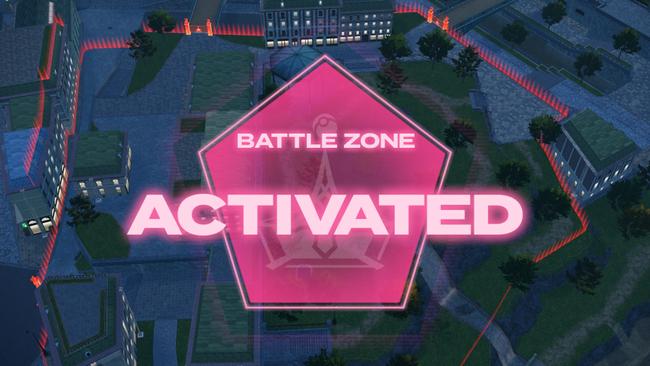
The most exciting action happens in the Battle Zones at night. Trainers and their Pokémon roam around, trying to surprise each other. It’s better to attack unexpectedly, and there’s a real advantage to doing so. Plus, the arena is filled with cards that give you bonuses for certain moves – and some of those bonuses specifically reward sneaky tactics.
As a fan, one of the things I’m really enjoying is how they’ve changed up movement! It’s not as free-form as in *Arceus*, but honestly, it’s a huge improvement for exploring the city on foot. Lumiose is covered in ladders and scaffolding, letting you get up onto rooftops and balconies – it really opens up the city! At night, during battles, you can find a great spot to get the drop on your opponents. And during the day, exploring those hidden areas can lead to cool collectibles and even the chance to find rare Pokémon. It makes exploring so much more rewarding!
The game frequently uses height to create interesting challenges, both in the main story and side quests. For example, one mission asks you to try and beat a Froakie’s record climbing scaffolding, while another involves chasing an Emolga across rooftops. Often, simply figuring out how to reach a rooftop is a puzzle on its own. And even when you’re not battling, your Pokémon’s abilities can help you get around – you can break rocks, clear bushes, wash away sludge, or cut through Spinarak webs to open up new areas.
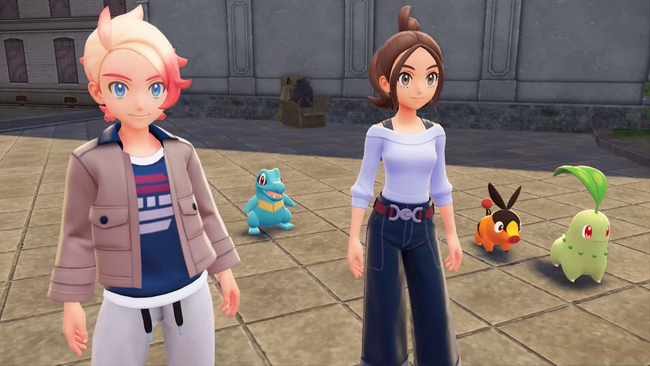
Lumiose City isn’t huge, but the game does a great job of making it feel lively and interesting. The city evolves as you play, with new areas appearing as the story goes on. Just looking at a map doesn’t really capture what it’s like to explore, and even the smaller side quests add surprising depth. Honestly, I can’t think of a single quest in the city that isn’t enjoyable.
A lot of the game’s missions, and especially the main story, show what it would really be like to live in a city where people and Pokémon are constantly trying to live together. From clearing Pokémon out of apartments to gently guiding groups of Trubbish away from restaurants, or even tracking down a mischievous Drillbur that’s been digging up gardens, the game thoughtfully presents the everyday challenges that could easily arise when people and Pokémon share a community. It really makes you think about how a society might adapt to make life better for everyone.
The game presents the Wild Zones as a fix to a problem, but the story itself shows that people in Lumiose City don’t all agree with this solution – or even with having so many Pokémon in the city. Overall, I like that Pokémon Scarlet and Violet continue to deal with complex issues in a balanced way. While the story isn’t always thrilling, after spending 25-30 hours with Team MZ and the other characters, I found it to be a thoughtful experience.
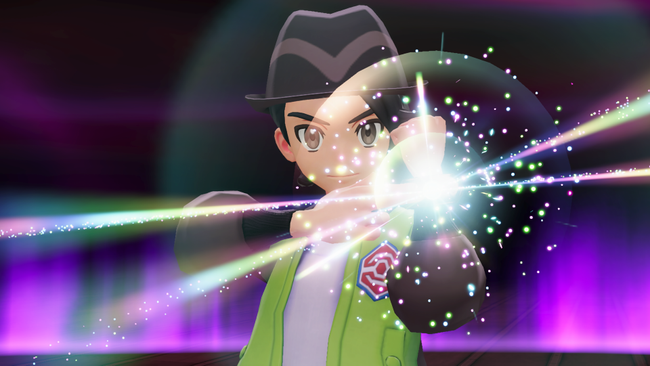
My appreciation for this game stems from a long-held fascination with the story ideas presented in Pokémon X and Y. While those games had an interesting concept, the way the story was told didn’t quite live up to its potential. This new game isn’t just a rehash of X and Y; it explores how the events of those games would impact a city and its people over time. It asks questions about leaving a lasting impact and overcoming difficult events. It makes perfect sense that Zygarde, the Pokémon representing balance, plays a central role, given these themes. I wish I could share more details, but I will say that this game features my favorite supporting characters and storyline of any main Pokémon game. It has a distinct identity and a clear vision from the developers. Though it’s smaller in scope than a typical Pokémon release, focusing on one city actually makes the Pokémon world feel more expansive and immersive.
Playing Legends Z-A on the Switch 2, the game consistently looked great and ran smoothly, with only a couple of brief, minor slowdowns. While the presentation isn’t perfect, it’s a welcome improvement over Scarlet and Violet, and generally looks good when it matters most. The game also features an incredible soundtrack, including several unique battle themes that are sure to become fan favorites.
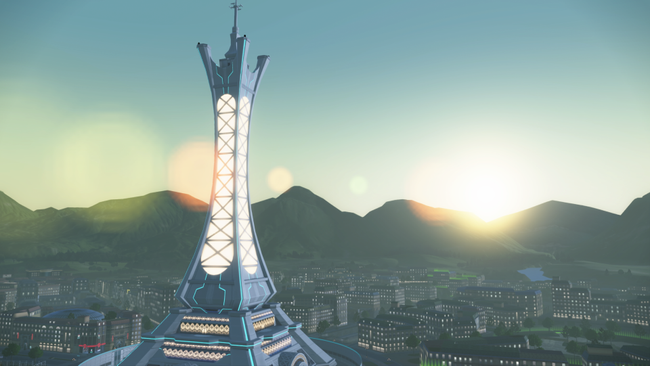
I previously believed that *Pokemon Legends: Arceus* showed there was potential for games like *Pokemon Colosseum* to succeed within the Pokemon universe, and *Pokemon Legends: Z-A*, though different from what I initially envisioned, feels like confirmation of that idea. The Pokemon series shines when Game Freak takes risks and explores new possibilities, and *Legends: Z-A* proves the series is still capable of evolving, just like the Pokemon themselves. I’m excited if this means we’ll see more unique “Legends” games that expand the Pokemon world in innovative ways, rather than just relying on remakes. This direction feels like a very positive step for the franchise.
9
Versions tested: Nintendo Switch 2
Read More
- Mark Wahlberg Battles a ‘Game of Thrones’ Star in Apple’s Explosive New Action Sequel
- LSETH PREDICTION. LSETH cryptocurrency
- LTC PREDICTION. LTC cryptocurrency
- Invincible Season 4 Confirmed to Include 3 Characters Stronger Than Mark Grayson
- LINK PREDICTION. LINK cryptocurrency
- Top Disney Brass Told Bob Iger Not to Handle Jimmy Kimmel Live This Way. What Else Is Reportedly Going On Behind The Scenes
- Assassin’s Creed Mirage: All Stolen Goods Locations In Valley Of Memory
- Stephen King’s Four Past Midnight Could Be His Next Great Horror Anthology
- Dragon Ball Meets Persona in New RPG You Can Try for Free
- Ben 10 Is Getting The Spider-Man Treatment In New 2026 Reboot
2025-10-14 15:57